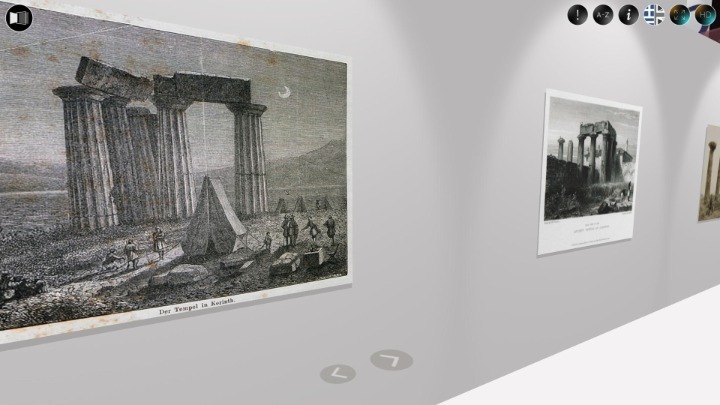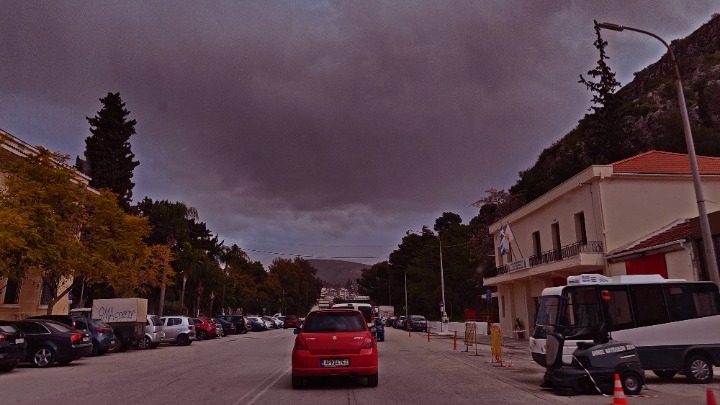Greece through the first photographers’ eyes, an online exhibit by Piraeus Bank Group

An online photography exhibition on 19th-20th century photographers of Greece is available in Greek and English, the Cultural Foundation of the Piraeus Group (PIOP) said on Tuesday, honoring the International Day for Monuments and Sites which is celebrated on April 18.
“After the Revolution: Greece in the eyes of the world” can be accessed online for free at https://picturingearlygreece.gr/ and is available in Greek and English. It includes over 120 photographs from 1839 to 1920, some of them signed, of monuments and sites of Greece taken by the first Greek and foreign photographers, including William James Stillman, Philippos Margaritis, the Romaidis brothers, and Frederic Boissonas.
The material was furnished by the Ministry of Culture and Sports, foundations, cultural agencies, private collections and archives, and includes images from abroad free of copyright.
Before the Greek War of Independence in 1821, Greece was known abroad chiefly from engravings that depicted both existing and imaginary scenes. Travellers to Greece in the early 19th century looked for these sites. The medium of photography – presented formaly by Louis Daguerre in 1839 – arrived in Greece by October the same year, when businessman Pierre-Gaspard Gustave Joly de Lotbinière took his first photograph of the Propylaea.
Foreign photographers arriving after Lotbiniere and the Greeks that studied under them sought to photograph the same themes, including the monuments of Athens and Attica. Later on, photography recorded archaeology and its works, especially large-scale excavations, and left a valuable record of monuments in general. Printed images in the growing Greek state allowed the public to share the photographers’ travels in Greece.
The exhibition can be watched on a desktop, tablet or cellphone, and is fully accessible by people with hearing impairments. There is also a video with an explanation of selected photographs for people who are visually impaired, at https://www.youtube.com/watch?v=og-LuKCjZdo&feature=youtu.be (in Greek).
Source: amna.gr





